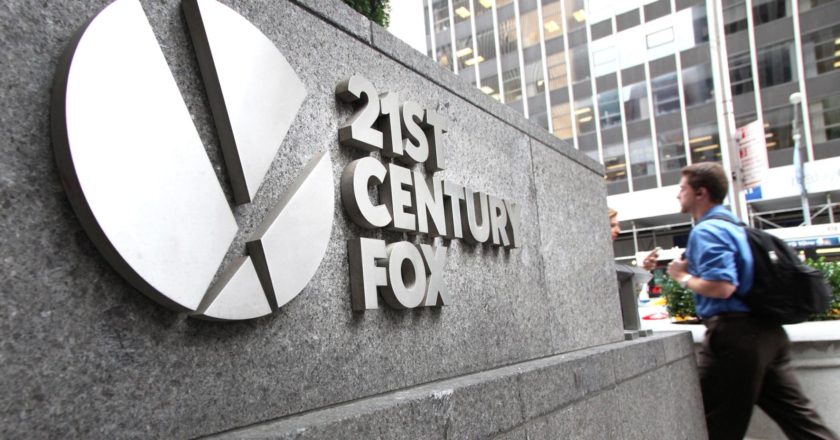M+E Connections

Fox Execs: Company Made Strides on OTT, On-Demand Initiatives in First Quarter
Story Highlights
21st Century Fox continued to make strides on its various over-the-top (OTT) and on-demand initiatives during the first quarter (ended Sept. 30), according to company executives.
The company “maintained our aggregate domestic subscriber levels, offsetting declines in the traditional pay TV universe, with growing contribution from our younger channels and our new digital” virtual multichannel video programming distributor (VMVPD) partners, Lachlan Murdoch, its executive chairman, said on an earnings call Nov. 8. “The latter now approaches 3 million subscribers despite only limited marketing for their products so far,” he told analysts.
He and other Fox executives didn’t address published reports that claimed the company recently held talks with Disney about selling off a significant amount of Fox’s film and TV properties.
After predicting a while back that “innovative disruption would come to our industry,” Fox “embraced it and continued to see more and more exciting changes and resulting opportunities,” Murdoch said. Thanks to the investments it made, the company’s brands have been “rewarded with full distribution on all traditional and newly launched platforms,” he said.
There is now “a lot of talk about the growing importance of scale in the media industry,” and Fox “has the required scale to continue to both execute on our growth strategy and deliver increased returns to shareholders,” he said, adding: “We are specifically seeing this in our affiliate fee growth again this quarter, in the success of Hulu and in our inclusion in all of the emerging VMVPDs.”
The company added more local sports stations to its Fox Now streaming app and the international rollouts of its Fox+ and Fox Premium services “continue to gain traction,” CEO James Murdoch said on the call. Its Hotstar Indian digital and mobile entertainment platform, meanwhile, “continues to set the pace for streaming in India” and recently launched internationally for the Indian diaspora, “providing opportunities to further monetize our Indian investments,” he said.
The rollout of the company’s FX+ on-demand service on Comcast systems is “showing great promise,” he also said, adding it recently launched on Cox systems and “others are expected to follow shortly.”
During the Q&A with analysts, he predicted VMVPD subscriptions are “only going to accelerate from here” as YouTube steps up marketing for its recently launched OTT service and Hulu starts becoming more “aggressive” with marketing its OTT offering. “We feel good” about Hulu with Live TV,” he said, telling analysts “it’s growing well” but still in its “early days.”
DirecTV Now, Sling TV and the sports-focused FuboTV OTT services are also “growing well” and “we feel really good about that,” he said, adding: “I think what we’re going to see is Hulu and a number of other of these VMVPDs continue to be real pacesetters in the marketplace, both from a customer experience perspective, a content offering perspective and a volume perspective, offsetting a lot of the declines that we’ve seen” in the industry.
He also predicted that the “universe of people paying for video services [via] these multiservice providers is actually going to grow.”
Fox, Disney and Comcast’s NBCUniversal each own a 30% stake in Hulu, while Time Warner’s Turner Broadcasting System (TBS) has a 10% stake in the on-demand streaming company.
Fox reported total Q1 revenue grew 8% from a year ago, to $496 million. Of that, cable network programming revenue increased to $4.2 billion from $3.8 billion, while TV revenue inched up to $1.1 billion from $1 billion and filmed entertainment revenue inched up to $2 billion from $1.9 billion. Income from continuing operations attributable to 21st Century Fox stockholders grew to $839 million (45 cents a share) from $827 million (44 cents a share).
Pivotal Research Group analyst Brian Wieser’s view on Fox remained “unchanged” after the results announcement, he said in a research note. Although margins were down year-over-year, “much as we think they will generally be in the future, significant underlying value remains in the company’s current assets whether they remain with their corporate parent, whether the company expands further or whether the company eventually divests of some of them,” he said.









